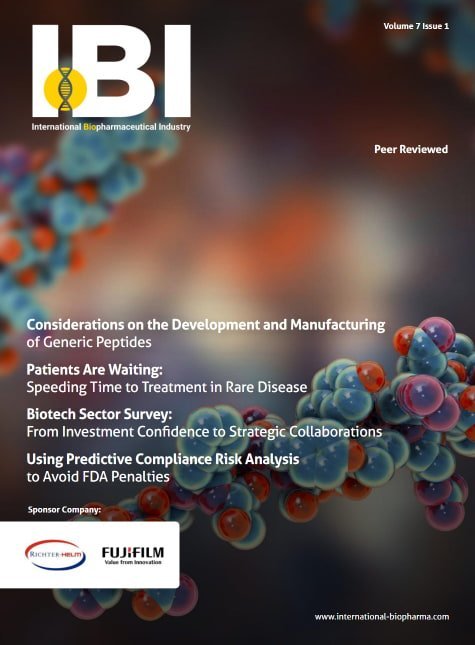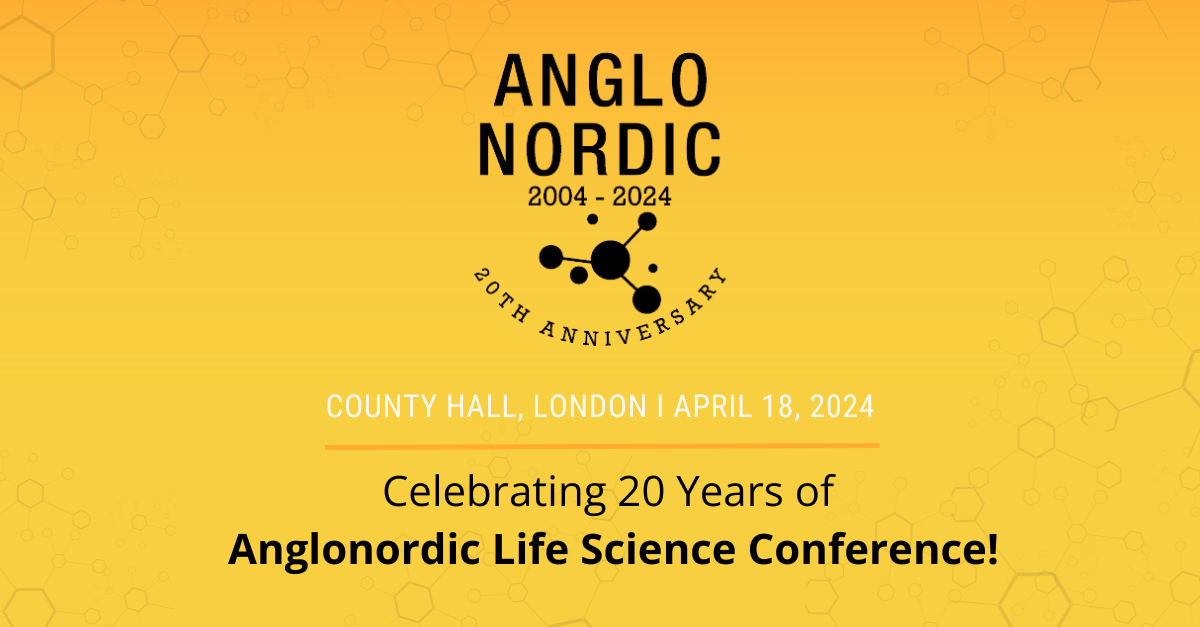
- Gilead will pay $5.1 billion to greatly deepen research ties with Belgian drugmaker Galapagos, announcing Sunday a 10-year deal that ups its ownership stake in the biotech and secures access to a pipeline of experimental drugs targeting inflammation and fibrosis.
- Gilead head Daniel O’Day, eschewing major M&A in his first development deal as chief executive, opted for a partnership approach that shares similarities to past biotech collaborations struck between Roche and Genentech, and Sanofi and Regeneron.
- Faced with declining sales of its hepatitis C drugs, Gilead has faced investor pressure to explore large-scale dealmaking. O’Day, however, argued in favor of a deal that preserves the independence of Galapagos: “I believe you are going to create more value than [with] an acquisition,” O’Day said on a Sunday conference call with analysts. “This will assure that we have a motivated Galapagos driving the portfolio.”
Several weeks after taking over as Gilead’s chief executive, Daniel O’Day flew out to meet with Galapagos CEO Onno van de Stolpe, who founded the Belgian biotech 20 years ago.
The two companies had been discussing expanding a research collaboration struck in 2015 around filgotinib, an experimental inflammatory disease drug that’s become one of the Gilead’s most important pipeline assets.
Drawing on his past experience at Roche, O’Day saw building a relationship with van de Stolpe as a critical step to forging closer research ties with Galapagos.
“In these types of arrangements — and of course the ones I have experience with are the Genentech arrangement and the Chugai arrangement — it really comes down to the teams working well together, but also the CEOs working well together,” said O’Day while discussing the deal on a Sunday conference call.
(Roche acquired full ownership of Genentech in 2009 and currently holds a nearly 60% stake in the Japanese drugmaker Chugai. Research efforts at both, however, were kept distinct from Roche’s.)
After meeting, the two CEOs found common ground and gave their respective teams the green light to fill out the details of the announced collaboration, O’Day said.
A new R&D engine
Per deal terms, Gilead will increase its stake in Galapagos to 22% from 12.3%, paying just under $160 per share of the European biotech — an investment totaling $1.1 billion.
Galapagos will also seek shareholder approval permitting Gilead to take its ownership up further, to 29.9%. A so-called “standstill” provision, however, will restrict Gilead’s ability to pursue a takeover for 10 years.
On the research side, Gilead will pay $3.95 billion for certain rights outside of Europe to Galapagos’ pipeline of six drugs currently in human trials and another 20 in preclinical research. Chief among those candidates are an experimental treatment for idiopathic pulmonary fibrosis, currently in Phase 3 testing, and a drug for osteoarthritis that’s now in Phase 2b study.
Milestone payments and option fees per candidate could add further money to the deal for Galapagos.
The two companies also restructured their existing agreement on filgotinib, which Gilead plans to file for U.S. and EU approval this year in rheumatoid arthritis. Galapagos will have an expanded commercial role and pay for 50% of future development costs rather than the 20% specified previously.
In discussing the deal Sunday, O’Day emphasized Galapagos’ drug discovery capabilities, which he characterized as complementary to the chemistry and target binding expertise of Gilead.
“Our scientists are highly supportive of this deal,” the executive said. He painted the nearly $4 billion paid upfront as an investment in Galapagos’ research that could yield one to two new clinical candidates per year.
Galapagos, which employs more than 500 scientists, has stoked curiosity with research into a drug target it discovered and has so far kept under wraps, using the code name “Toledo.”
Van de Stolpe, speaking on the Sunday call, said the money received from Gilead would be used in part to advance Toledo research, a program he touted as a potential “step-up in the way inflammatory diseases are being treated.”
Yet Raymond James analyst Steven Seedhouse questioned whether Gilead’s money would have been better spent on internal R&D, describing the deal in a Sunday note to clients as “basically offshoring R&D to [Galapagos] at a big price tag.”
The companies expect the transaction to close late in the third quarter of this year.
Deal pressure
Doing deals is necessary for Gilead, which is under pressure from declining hepatitis C sales. In addition, a $12 billion acquisition two years ago of Kite Pharma and its cancer cell therapy Yescarta (axicabtagene ciloleucel) has yet to pay off.
Guiding Gilead’s transition is a task now up to O’Day, who joined Gilead in March after serving as CEO of Roche Pharmaceuticals. Since then, the biotech has inked several small deals but the collaboration with Galapagos is the first to dip into Gilead’s roughly $30 billion in cash in a major way.
Yet a buyout of Galapagos, worth about $8 billion by Friday’s closing price, wasn’t ever on the table.
“I don’t think I ever would have accepted an acquisition proposal,” said van de Stolpe. “But, to be fair, there never was an acquisition proposal by Gilead. From the beginning on, we had been talking about this kind of structure.”
The Galapagos CEO has rejected talk of a takeover before, indicating in January that Galapagos desired staying independent.
That hasn’t been the outcome for a number of biotechs recently. Acquisitions by large pharma companies have come frequently over the eight months, with buyouts of Tesaro, Spark Therapeutics, Nightstar Therapeutics and Array BioPharma.
Bristol-Myers Squibb and AbbVie have also this year announced deals to buy Celgene and Allergan for, respectively, $74 billion and $63 billion.

























